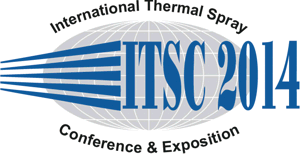
|
3709 |
|
Friday, May 23, 2014, Hall A 2:20 PM Suspension Spraying 2 |
|
Electrocatalytic behavior of nickel-molybdenum coatings formed by APS and SPS processes |
|
Maniya Aghasibeig* / Concordia University, Canada Rolf Wuthrich/ Concordia University, Canada Christian Moreau/ Concordia University, Canada Ali Dolatabadi/ Concordia University, Canada |
|
Hydrogen produced by alkaline water electrolysis can be used as a renewable and clean energy carrier to replace conventional fuels, and to reduce damaging effects of climate change by mitigating greenhouse gas emissions. However, high electricity consumption of the electrolysis process has made large-scale hydrogen production by water electrolysis economically unattractive. Therefore, to improve the energy efficiency of this method advanced electrolysers with high performance electrodes need to be developed. Enhancement of the electro-active surface area of the electrodes, for instance by forming rough and porous electrode surfaces, provides more active sites and improves the process efficiency. This work concentrates on producing porous nickel-molybdenum electrode coatings for hydrogen production by atmospheric (APS) and suspension plasma spraying (SPS), using micron and submicron-sized powders, respectively. The effects of the spraying parameters and reduction of the oxidized coatings on electrode activity are studied. Specific surface area of the electrodes is determined using CO stripping and morphology of the electrodes is studied by a scanning electron microscope (SEM). Electrocatalytic activity of the sprayed electrodes towards hydrogen evolution are determined for both spraying techniques and compared with that of the uncoated nickel electrode. |